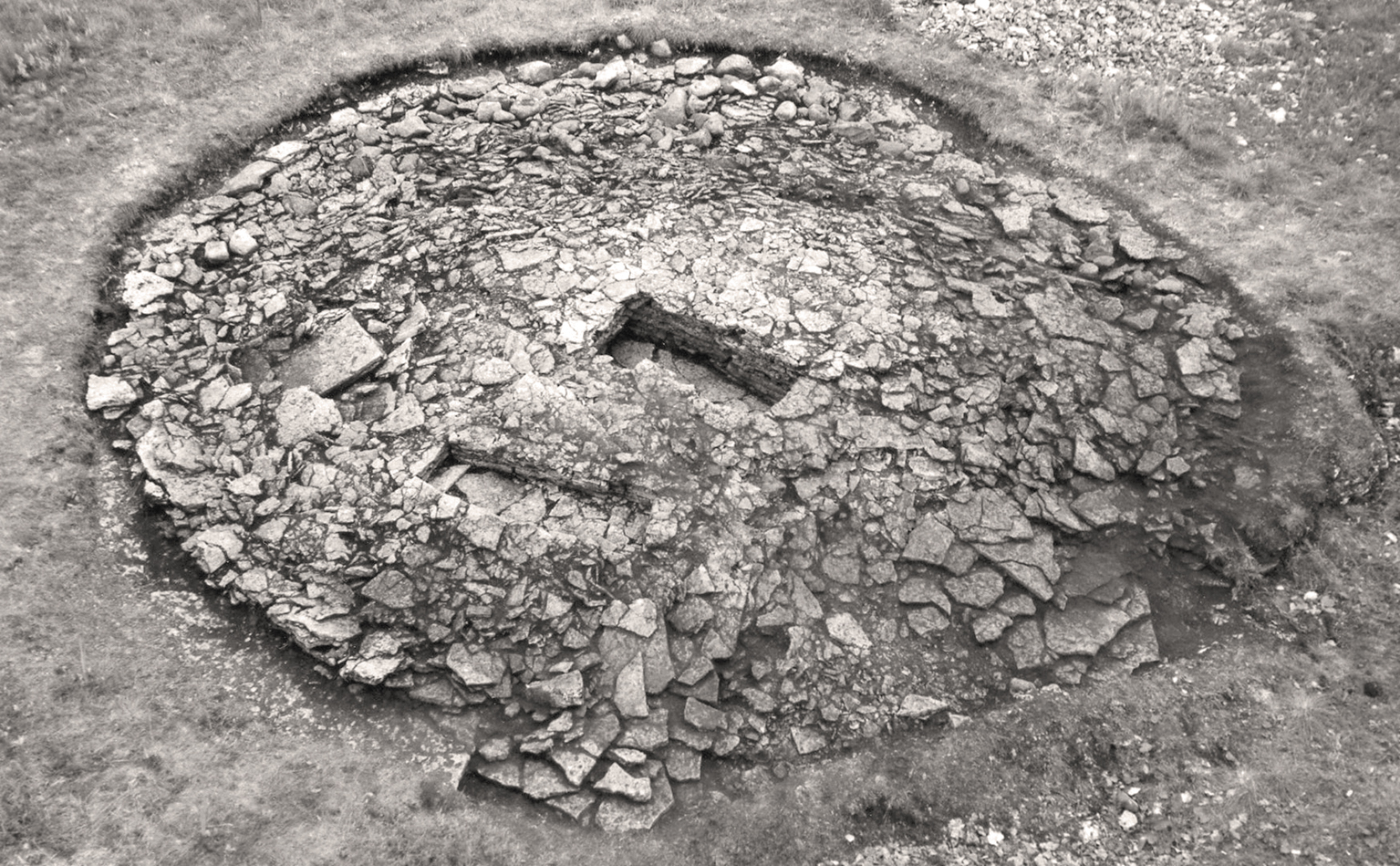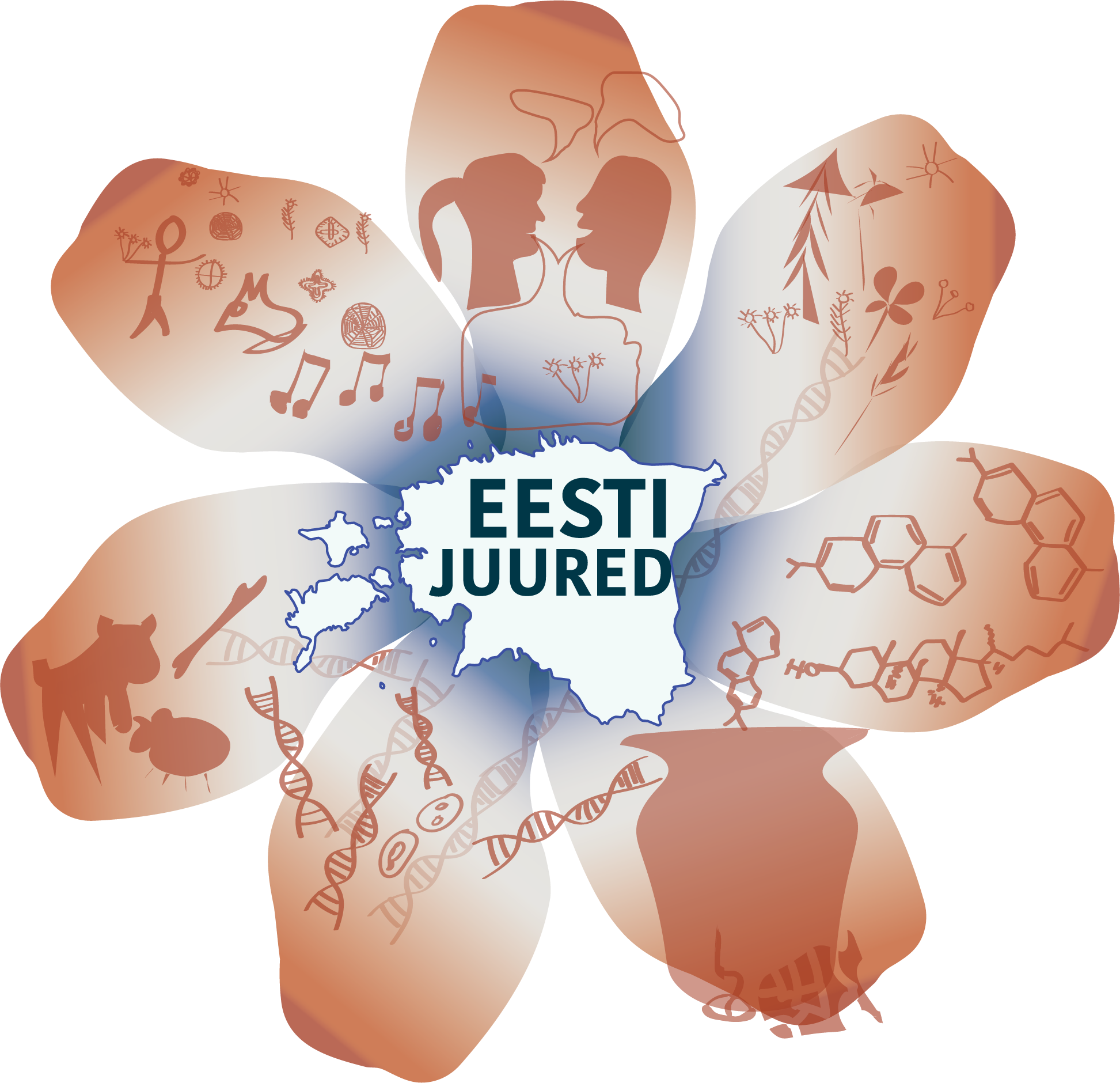The distribution of the cultural tradition emanating from the west, i.e. Scandinavia and Northern Central Europe in contemporary Estonia, Finland and Latvia began already during the Neolithic and continued during the Early Bronze Age and is archaeologically identifiable with ever increasing imported goods (flint daggers, bronze axes, etc.). Permanent monuments of a western origin began to be built in the countries of the east coast of the Baltic sea, however, from the Middle Bronze Age. In Finland, these were usually monumental stone graves or burial cairns (Finnish: hiidenkiuas) located atop higher hilltops, whereas in Estonia, somewhat smaller stone-cist graves and early Celtic fields were spread. On the lower course of River Daugava in Latvia, Reznes-type barrows and in Northern Latvia stone-cist graves similar to those found in Estonia are known. In addition, stone ships of Gotland origin are known on the east coast of the Baltic sea and the islands, and also cup stones especially from Estonia, less from Finland and the least from Latvia.

The appearance of such permanent monuments likely indicates the arrival of new groups of peoples from the south and west coasts of the Baltic sea. Taking into account historical linguistic comparisons, the newcomers must have been pre-Germanic peoples speaking pre-Proto-Germanic. At least in North and West Estonia the immigrants practised agriculture and pastoralism, such information is lacking from Finland and Latvia. The newcomers on the coasts of Estonia, Finland and Latvia encountered a sparse populace practising more a fishing economy, who were presumably assimilated quickly.


